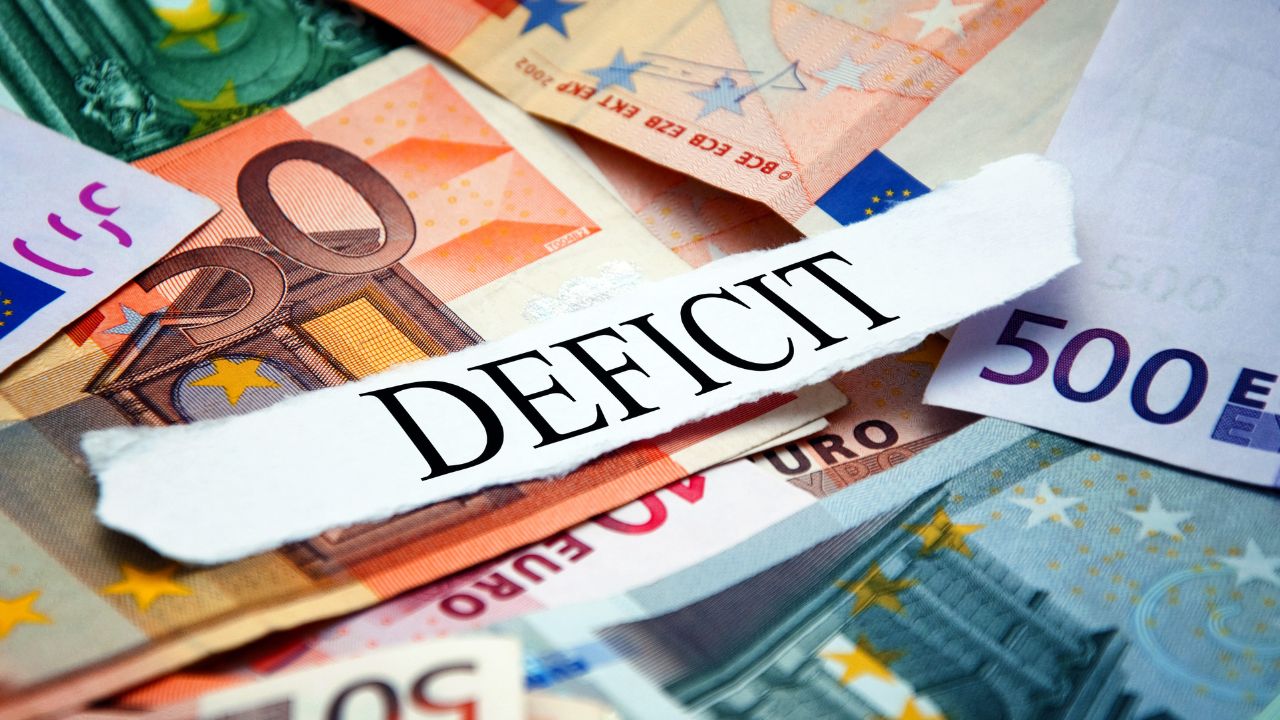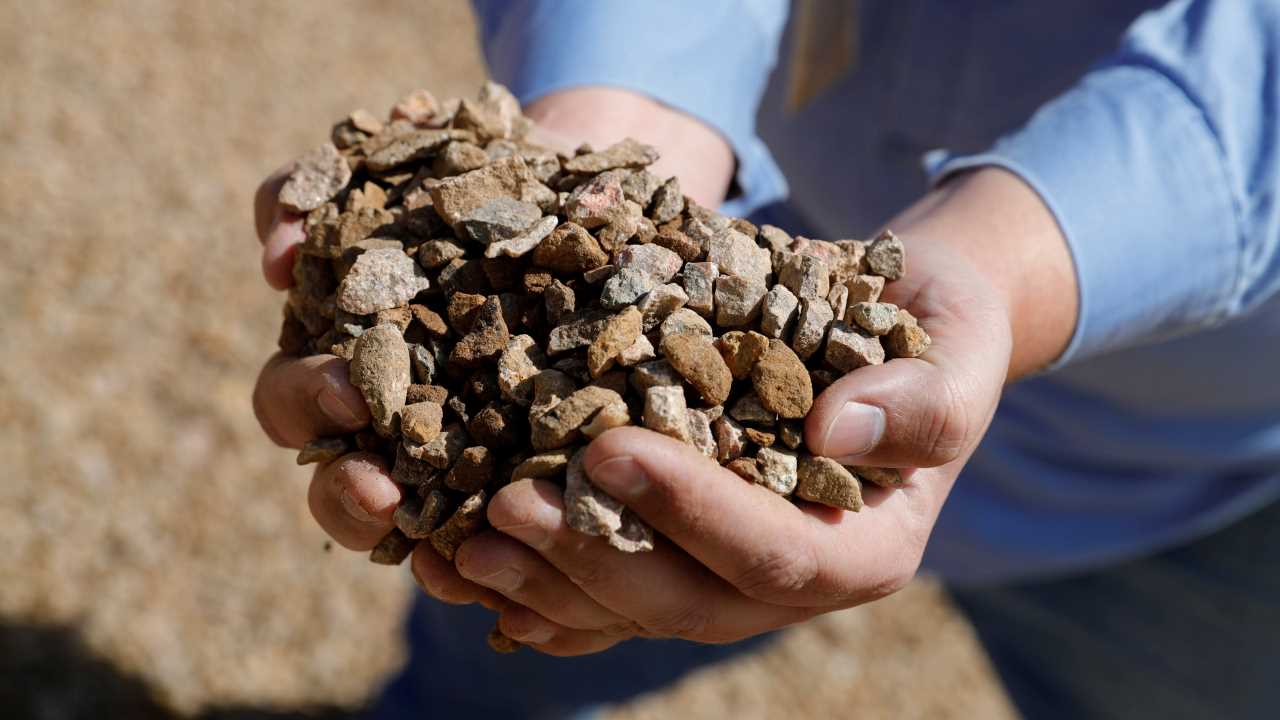
Sajjid Chinoy, Head of Asia Economic Research at JPMorgan, highlighted the importance of asset monetisation as a key tool for fiscal consolidation during the CNBC-TV18 Townhall. Chinoy stressed that India’s fiscal deficit needs to be reduced by 0.5-1% of GDP over the next 2-3 years, with limited scope to cut revenue expenditures or roll back capital spending.
| Company | Value | Change | %Change |
|---|
“Over the next two, three years, deficits have to go down at least half a percent of GDP, maybe 1% of GDP from your macro framework of bringing debt down. Now, given where revenue expenditures, as we discussed, there’s not much left to cut there, we don’t want to go backwards on capex. So the only way to square the circle is to focus on the revenue side,” he explained.
Chinoy pointed out that infrastructure assets identified by NITI Aayog represent an untapped opportunity. “There is another untapped channel here, and I’ve been going on like a broken record for many years, so you’ve heard this story before — (about) asset monetisation, not just disinvestment, that India has a large pool of assets, some of which you can sell in the market.”
“These are operational assets. They generate revenue, and so the government can easily say this is not our business to hold it anymore, and some other pension fund can hold it. So (we can consider) a systematic plan, not just for revenue extraction, to sell assets and disinvest at a proper pace over the next three, four years,” he added.
Chinoy said asset monetisation could help reduce the deficit without a contractionary impact. “It allows you, because these are asset sales, and in many countries, get counted below the line, but in our case, we count them above the line, you can use that to reduce the deficit without it being contractionary.”
Also Read: Govt may tweak customs duty on 200+ items in budget to protect Indian firms: Sources
(Edited by : Shoma Bhattacharjee)

